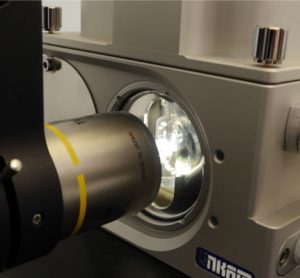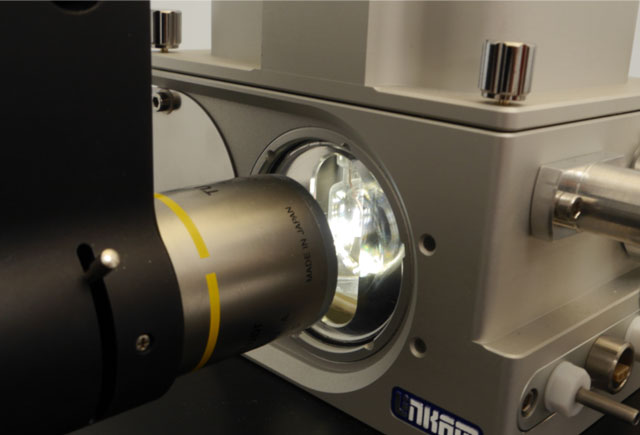The role of PAT in biotechnology
23 May 2006 | By Carl-Fredrik Mandenius, Linköping University, Sweden, Member of the European Federation for Pharmaceutical Sciences PAT Steering Group
Product quality of pharmaceuticals manufactured in biotechnology processes is to a large extent synonymous with the reduction and control of unwanted biological side-products. Production of biopharmaceutical proteins and secondary metabolites such as antibiotics are the result of biosynthetic capacity of the microbes or cells used. But this capacity may also…






